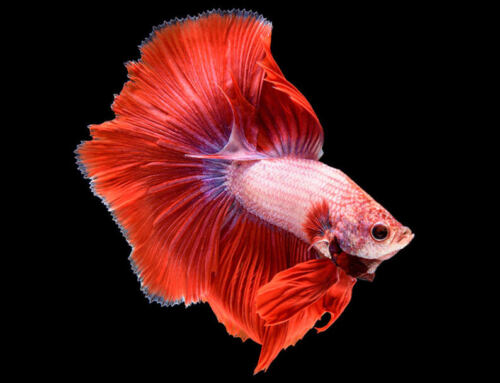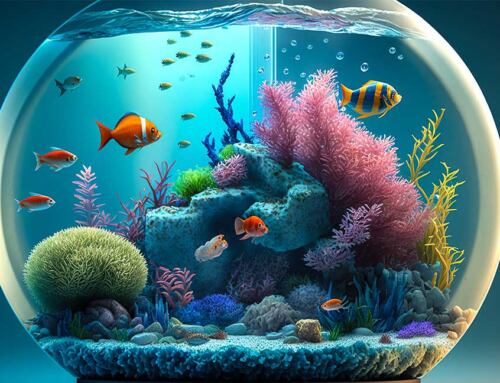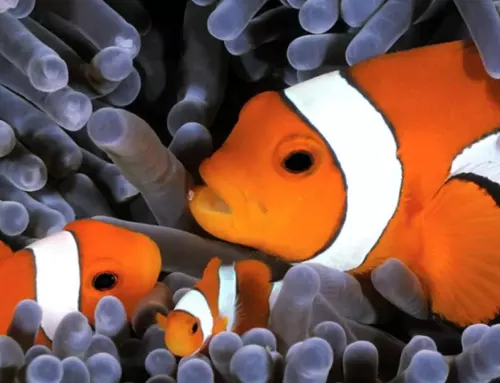Although a great white shark facts from New Jersey served as inspiration for the shark in Jaws, the real-life version of the renowned creature is much less dangerous. The common conception of these elusive predators as mindless killing machines is beginning to change as more and more scientific study is conducted on them. Great white sharks are the largest predatory fish on the planet and can be found in cool, coastal waters all over the world. They reach a maximum size of 20 feet in length, and have been weighed in excess of 5,000 pounds.
They are named for their white bellies, while their upper bodies are a slate grey so they can blend in with the rocky coastal sea floor. Torpedo-shaped and hydro dynamically efficient, these swimmers may reach speeds of up to 15 miles per hour. When attacking from below, they are able to breach out of the water like whales.
Great White Shark Diet
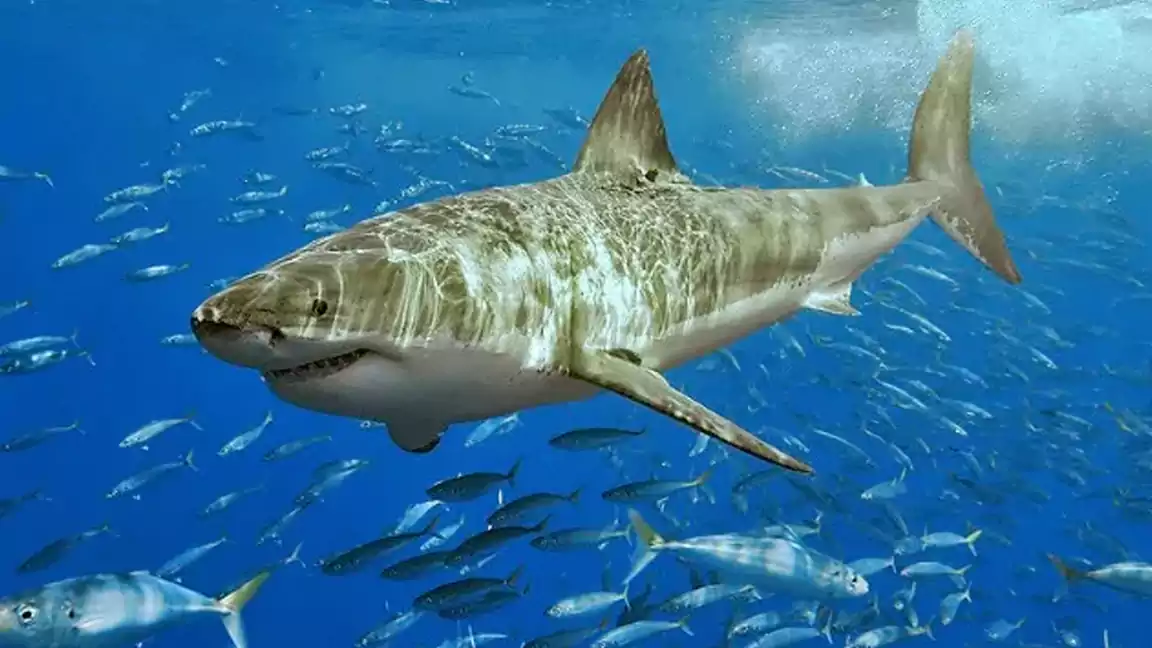
Very well suited predators, they can smell their prey from great distances and have a mouth full of serrated, triangular teeth (up to 300 in all) organized in multiple rows. There are even specialized organs for picking up the faint electromagnetic fields that animals produce. Other sharks, crabs, mollusks, and marine birds are among their food sources. Sea lions, seals, and small toothed whales like orcas are all fair game for larger white sharks. Dead whales have been spotted in the diet of this animal.
Great White Shark Size

Some great white sharks can reach 20 feet in length, but this is an extreme outlier. When fully mature, females reach a length of 15–16 feet, while males average 11–16 feet. You can get a general overview of great white sharks by clicking here. In the wild, great white sharks are known to migrate great distances. They can grow to lengths of several tonnes and heights of up to 20 feet (6 meters). Great white sharks are able to keep their bodies at a temperature higher than the water around them because of the unique structure of their blood vessels.
Great white shark attacks on humans are relatively rare, although they have happened. Intentional and accidental catches of great whites occur frequently. This marine species is well-known to be a top predator in the coastal marine food web wherever it occurs in nature.
Shark Attacks
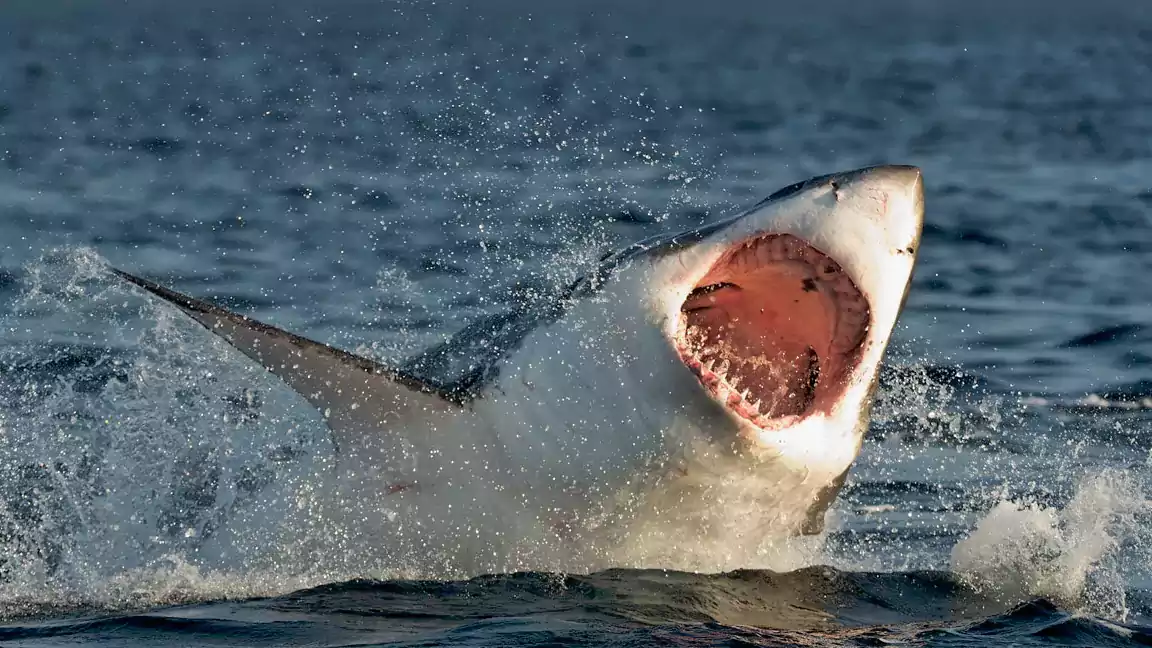
Great white sharks are responsible for around a third to half of the estimated 100+ shark attacks worldwide each year. Yet, the majority of these cases do not end in death. The curious nature of great whites leads them to “sample bite” and then release their human prey, according to the available research. While this may not bring much solace, it does show that humans are not actually on the great white’s menu. According to experts, fatal attacks are generally the result of mistaken identity, as swimmers and surfers can seem quite similar to the seals that are the predators’ preferred prey when viewed from below.
Population and Conservation

Although great white shark populations have not been counted reliably, experts concur that their numbers are falling quickly. Both overfishing and bycatch in fishing gear pose serious risks to these animals. The International Union for the Conservation of Nature has given this species the vulnerable status, which is the next lowest status after endangered.
Pristine Senses for the Sea
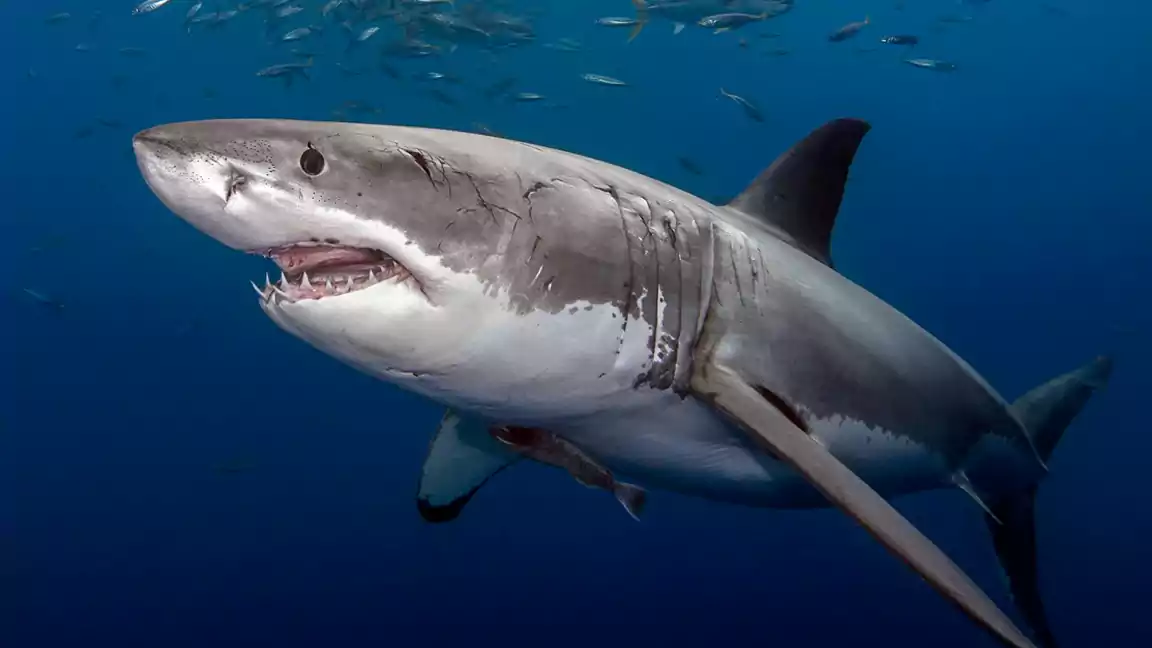
Low-frequency signals can be detected by great whites from more than 240 meters (800 feet) away. They are also able to determine how far the sound is travelling and in what direction. Below their snouts are nostrils that connect to the olfactory bulb, which is the largest of any shark species. Great white sharks can use this organ to detect chemicals at concentrations as low as one component per ten billion parts water.
They can also detect their prey’s electrical nerve impulses thanks to specialized receptors located around their noses. According to research published in Current Biology, during long-distance migrations, sharks use these electroreceptors to sense the Earth’s magnetic field.
Balancing Life Below the Surface
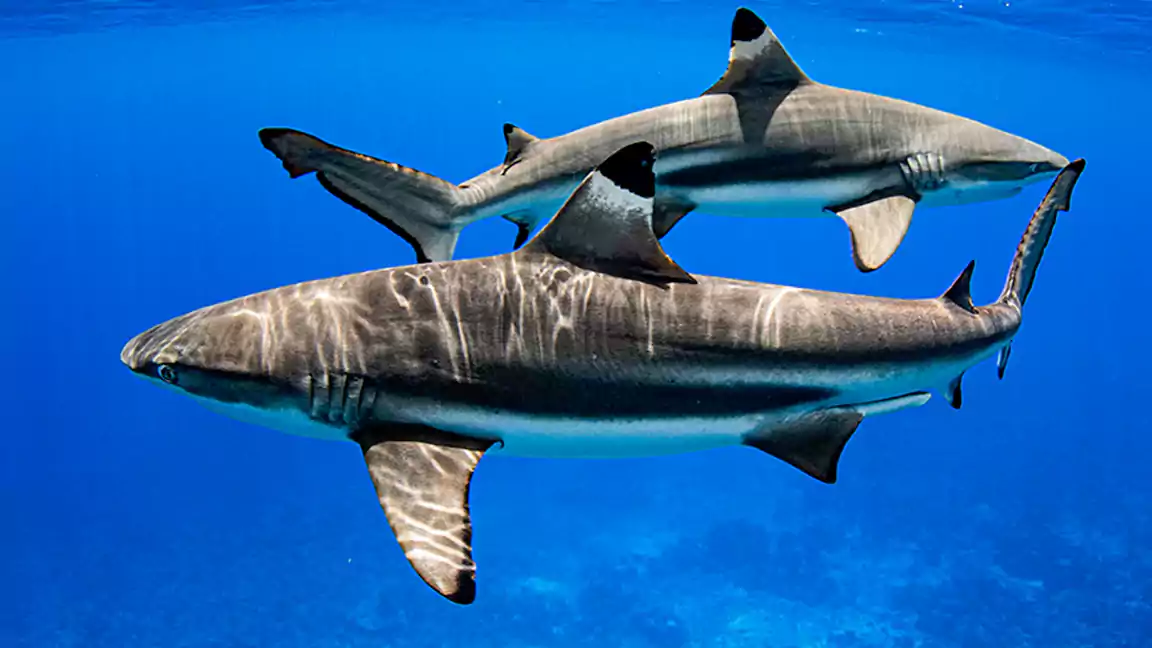
The great white shark’s superior sensory capabilities help explain its position at the top of the food chain. Tuna, rays, seals, sea lions, sea otters, turtles, dolphins, whales, the rare seabird, and even other sharks make up its diet as an apex predator. Great white sharks are often portrayed negatively because they threaten the lives of so many species that humans consider to be food or companions. But, without regulation, these populations would explode, devouring everything in their path, including other marine life and the marine flora they rely on for survival.
Moreover, humans are not a tasty treat for the great white. Great white sharks do not confuse surfers and swimmers for seals, contrary to widespread perception. It is common for attacks to take place in shark-blindingly murky waters. According to studies, great whites make the decision to continue feeding with just one bite, and the great whites find human bones to be too tough.
A Long Adolescence
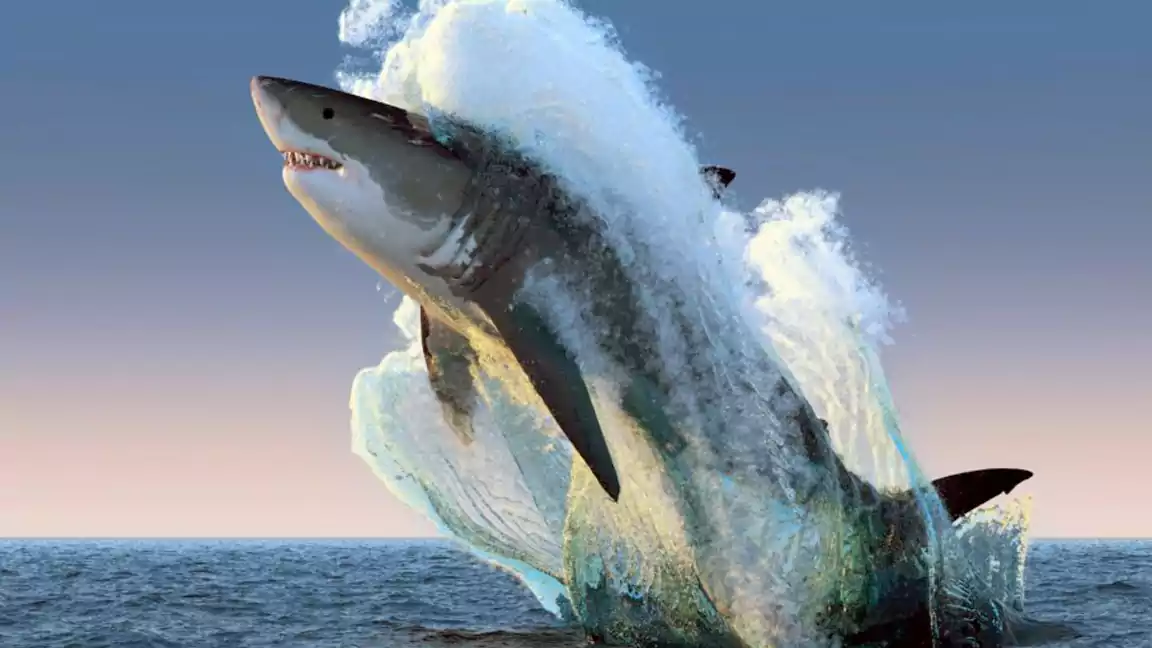
Little is known about the mating habits of great white sharks, however it takes males 26 years and females 33 years to attain sexual maturity. Ovoviviparous organisms need 11 months to bring out a baby from the time an egg is fertilized and hatches in the uterus. Within the first month of life, the shark pup’s jaws grow into their full strength. Juvenile and young great white sharks play an important role in ecosystems as predators of smaller fish and other animals, helping to keep those populations in check.
Preserving our Oceans
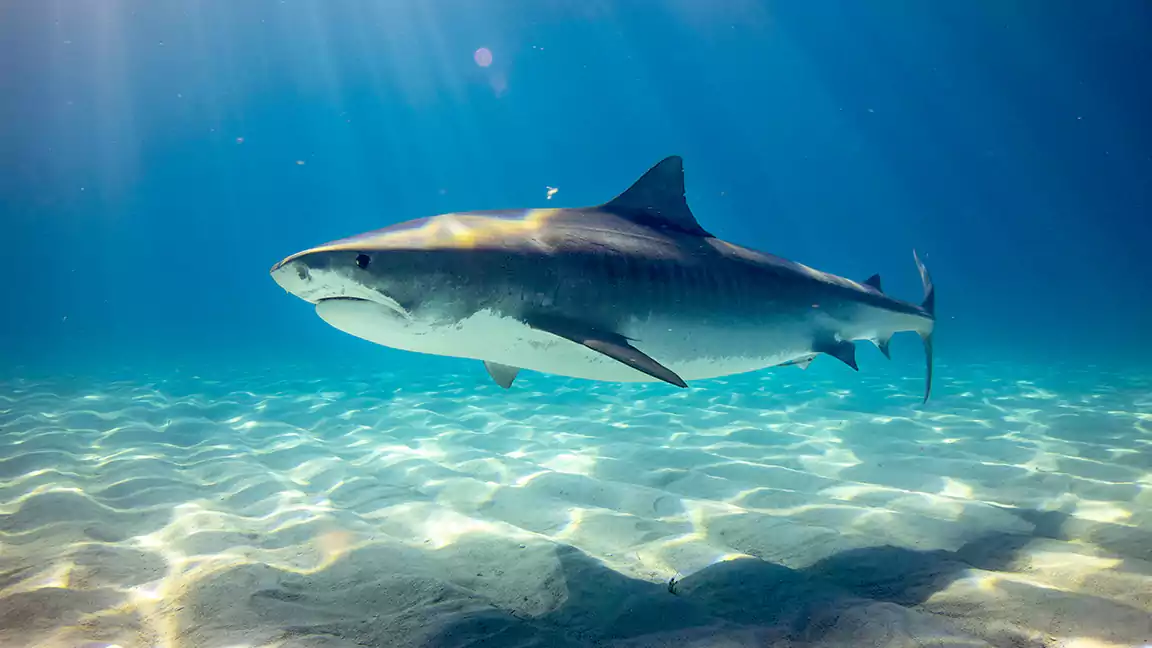
The International Union for the Conservation of Nature (IUCN) has placed great white sharks on its Red List of Vulnerable Species. The main causes of their dwindling population are overfishing and the dramatic shift in ocean health brought on by the climate crisis. The media’s unjustified unfavorable portrayal of sharks diminishes the urgency of protecting them. In their absence, the delicate balance of marine life would be jeopardized.
Shark Senses
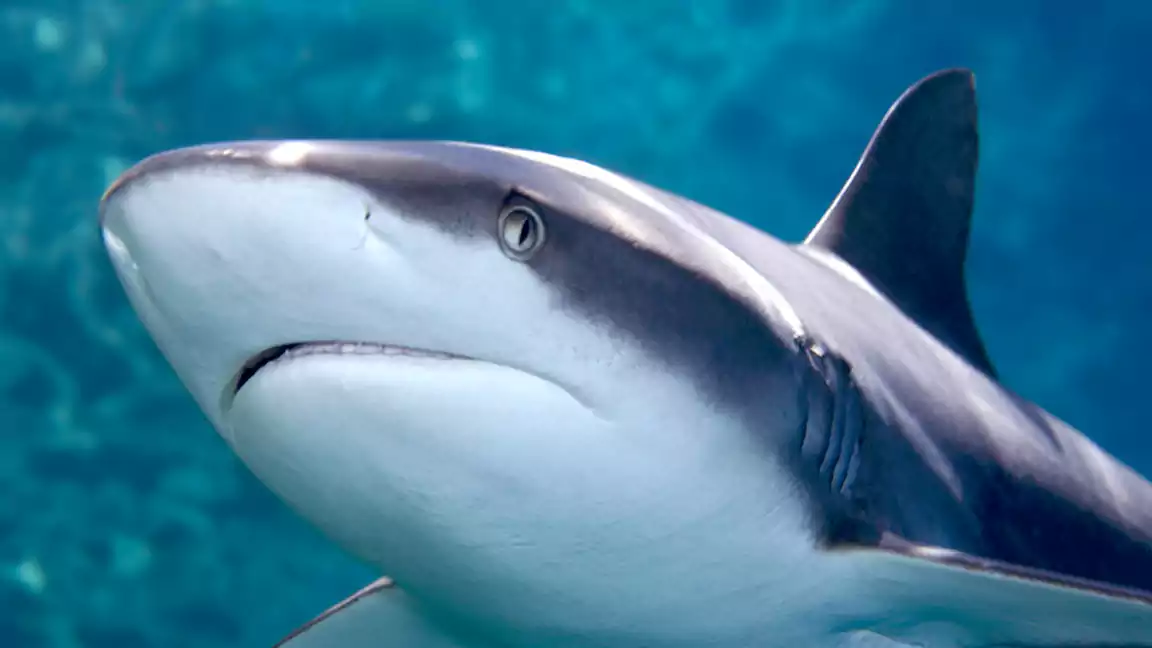
With the help of their highly evolved senses and physiology, great white sharks have risen to the position of top predator in the ocean.
Smell
The keenest sense of the great white shark is its sense of smell. They would be able to detect the odour of a single drop of blood in a sea of ten billion billion drops of water. Their nostrils, which are located on the bottom of their snout, connect to an organ called the olfactory bulb. Some claim that the great white shark has the largest olfactory bulb of any species of shark.
Hearing
The external ears of a shark are tiny, slit-like apertures situated behind and above the eyes. Although they are very little, the ears pack a serious punch. There are sensitive cells within that can detect even the slightest movements in the water. In addition, sharks have what is called a “ear stone,” which changes shape depending on whether the animal is swimming with its head above or below the water.
Vision
White sharks have excellent eyesight. There are two different types of retina in its eye, one of which is optimized for seeing in bright daylight and the other for seeing in dim or dark conditions. The great white shark can retract its eye into its socket if attacked.
Electro-Reception
Sharks’ ability to detect an electrical field is something we can only marvel at. Sharks have special cells in their snouts called Ampullae of Lorenzini that allow them to detect the strength and direction of electrical currents through a series of pores. Using an electrical “map” of the magnetic fields that crisscross the Earth’s crust, scientists have found that sharks can navigate the open ocean.
Taste
Opportunistic consumer best describe great white sharks. They feed on seals and sea lions, fish, squid, and even other sharks, depending on the time of year, where they live, and their age. To determine what they are eating before swallowing, they have taste buds in their mouths and throats.
Touch
A great white shark’s lateral line, which runs from its tail to its head, provides it with a highly developed sense of touch. Every fish possess this line, which is composed of sensitive cells that can detect even the smallest ripples in the water. From as far out as 820 feet (250 meters), sharks can accurately determine the direction and magnitude of prey movement.
Fearsome Great White Sharks: Nature’s Apex Predators

Several terrifying marine animals have been used as analogues for sharks, with the great white being among the most common. Two species of top predators exist, each with a distinct color pattern: tops that are gray-blue and bottoms that are white, with powerful tails that allow them to travel through water at speeds of over 60 kilo meters per hour. Sharks have long, thin tongues, pointed snouts, sharp triangular teeth, and musculature in their tails and fins that makes them asymmetrical.
Young of most species of this animal are born alive, and their skin is dull grey and rough with tooth-like scales. Because to their camouflaging colors and shape, they are hard to spot from the ground or the water. Despite its speed and its ability to blend in with its surroundings, the great white shark is still the sea’s most feared predator.
Saving the Great Whites: Protecting Precious Predators
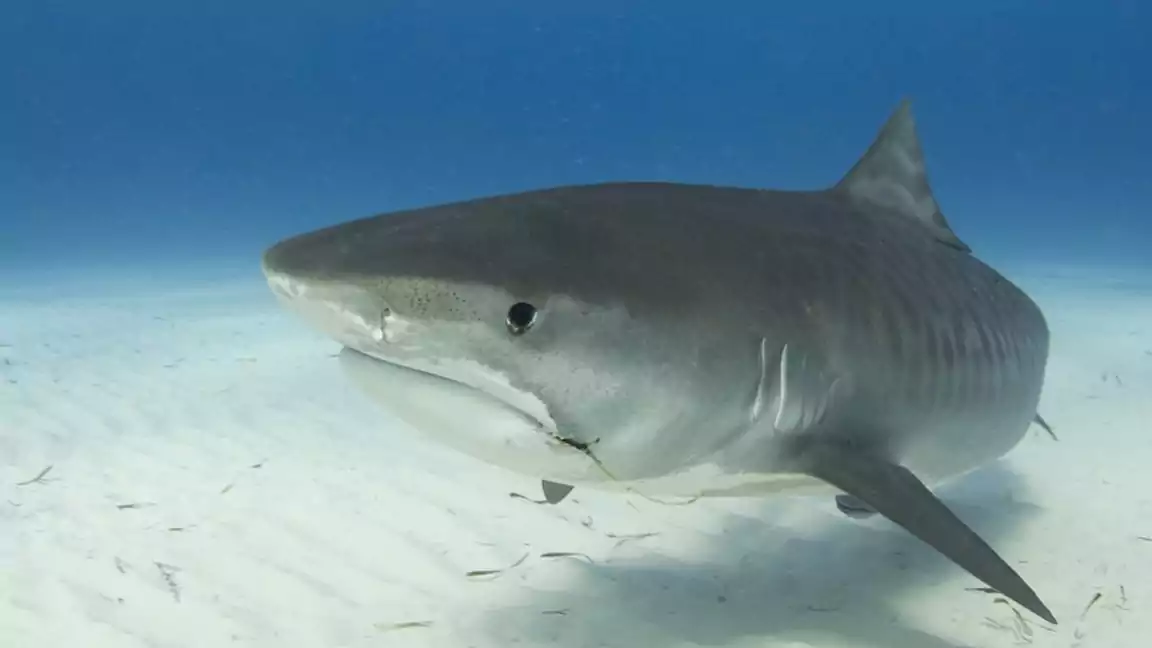
The great white shark is an interesting creature since it may live up to 60 years in the wild and even longer in captivity. The great white shark is widespread, inhabiting the oceans of the Pacific, Atlantic, and Caribbean in addition to the shores of the United States, Europe, and Australia. The Monterey Bay Aquarium claims that great white sharks can live for 198 days when kept in captivity.
Along the coast of Western Australia in 1987, a great white shark about 6 meters in length was sighted. Because of their slow growth and poor reproductive rate, great white sharks are especially susceptible to this. They are very valuable and deserving of conservation since their habitats must be safeguarded for them to survive.

